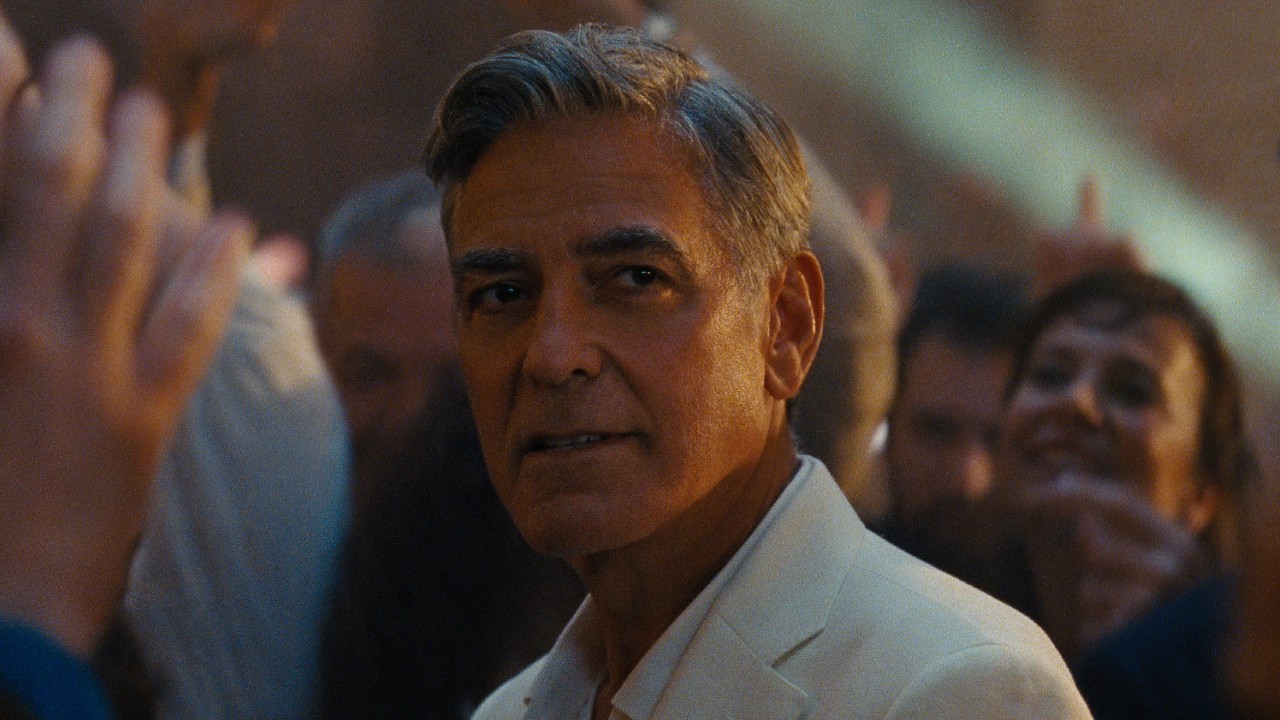‘Would The Fanboys String Me Up?’ Thor’s Director Wanted To Make A Major Change From The Comics, And It Was Kevin Feige Who Put The Kibosh On That Plan
Good thing Feige stepped in.
From its earliest days, Marvel Studios and the Marvel Cinematic Universe was a work in progress. Studio president Kevin Feige will admit that they didn’t have the ability to kick off with one of its strongest characters – no one knew who Iron Man was prior to Jon Favreau’s origin film – and the first few films in the MCU endured a period of trial and error as Feige and his team figured out what worked, and what didn’t. Certainly, the studio trusted in the source material, and believed that if they adhered to their principles, they’d create some of the best superhero movies in the world. But hindsight shows that some of the creative powers behind the scenes wanted to take big swings with the material, and only Feige was able to keep them in their place.
Sir Kenneth Branagh lent the MCU a major prestige boost when he agreed back in 2011 to helm the introduction of Thor, the God of Thunder. Branagh deserves proper credit for fighting for the casting of both Chris Hemsworth and Tom Hiddleston, two actors who’d become bedrocks of the Marvel experiment. He also helped to lure the likes of Anthony Hopkins by filtering Marvel through the lens of Shakespeare. But in the acclaimed book MCU: The Reign of Marvel Studios, it has been revealed that Branagh wanted to make a major change to the Thor legacy. As is stated by Thor co-screenwriter Zack Stentz:
One of my most vivid memories of those notes sessions was Branagh didn’t like the name Mjölnir because it’s difficult to pronounce. He turned to all of us and asked, ‘Do we have to call the hammer ‘Mjölnir’? I see that it’s made out of some metal called ‘Uru.’ Could we call it Uru instead? Or would the fanboys string me up?’
This complaint is totally understandable. There are probably a number of Marvel fans who continue to struggle with the proper pronunciation of ‘Mjölnir. They’ll just call it “Thor’s hammer,” and be done with it. Thor has even upgraded over the years, designing the magnificent Stormbreaker in Avengers: Infinity War. And he watched Jane Foster wield the hammer (and comment on how heavy it was) in the most recent Thor sequel, Thor: Love and Thunder.
As you might imagine, cooler heads prevailed. Kevin Feige stepped in during this pivotal stage of the development process and informed Sir Kenneth Branagh it had to stay. As Stentz recalls:
Kevin [Feige] just gave his little half-smile: ‘Ken, the fanboys would string you up.’ ‘Alright. We won’t be doing that, then.’
Good on Branagh for understanding which battles to fight, and which to retreat from. The first Thor easily could have tumbled, trying to offer mainstream audiences a taste of Asgard just as they were getting comfortable with a billionaire playboy philanthropist – who just won an Oscar, by the way – and an American icon who had been frozen in a block of ice. Instead, Thor established a strong corner of the MCU, and continues to be important to the studio’s future moving forward.
Pick up a copy of MCU: The Reign of Marvel Studios if you don’t already have one. It’s loaded with fascinating tidbits about the studio, its movies, and the culture that embraced comic book movies for the past decade.
Your Daily Blend of Entertainment News

Sean O’Connell is a journalist and CinemaBlend’s Managing Editor. Having been with the site since 2011, Sean interviewed myriad directors, actors and producers, and created ReelBlend, which he proudly cohosts with Jake Hamilton and Kevin McCarthy. And he's the author of RELEASE THE SNYDER CUT, the Spider-Man history book WITH GREAT POWER, and an upcoming book about Bruce Willis.
